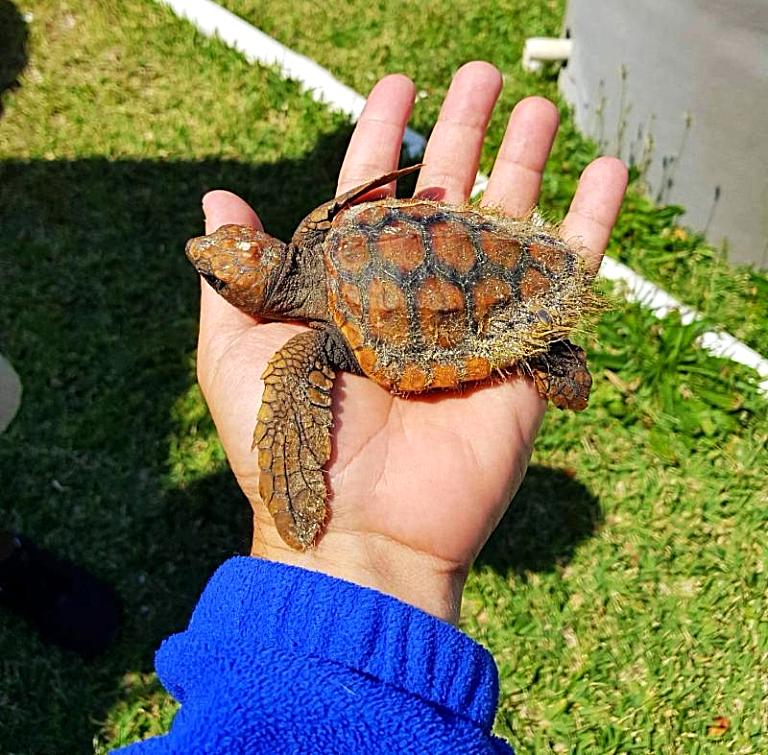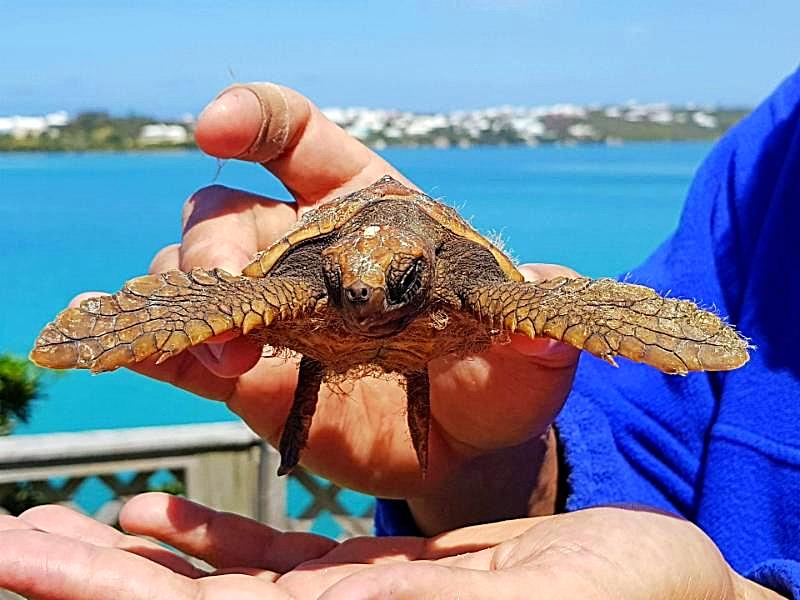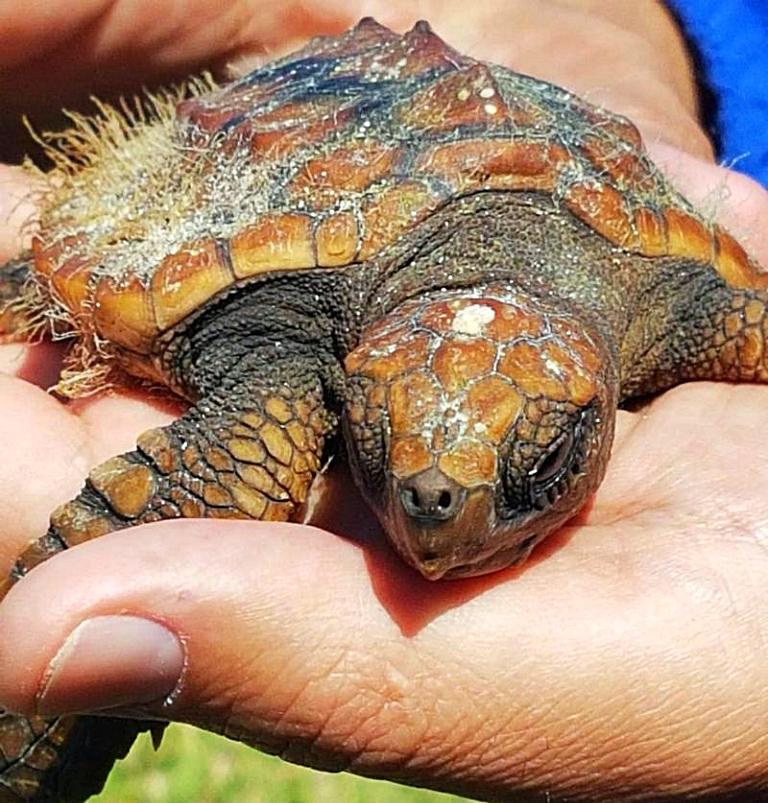Recent News
Turtles show their faces on Church StreetSaturday, October 13, 2018
The Bermuda Post Office has marked the 50th anniversary of the Bermuda Turtle Project with a series of postal panels featuring special stamps.
Mandu can see clearly again after surgery
Tuesday, October 09, 2018
Last month ophthalmic surgeon, Dr. Leonard Teye-Botchway, operated on the Bermuda Aquarium, Museum and Zoo’s Parma Wallaby, Mandu, removing his luxated lens that was causing fluid build-up and dangerous pressure to form in his eye.
Reid, Dowling, Hill, Godfrey Awarded Scholarships
Wednesday, September 19, 2018
The Bermuda Zoological Society has selected the recipients of the Steinhoff/BZS scholarship and, for the first time, the Pye Scholarship, with Amber Reid, Ryan Dowling, Archer Hill and Jessica Godfrey all being awarded scholarships.
Oldest seal at BAMZ dies aged 35
Thursday, August 30, 2018
The oldest harbour seal at the Bermuda Aquarium, Museum and Zoo has died at the age of 35.
‘Bermuda Adventure’ continues
Tuesday, August 07, 2018
A pilot programme of community celebration, organised by the group Imagine Bermuda, marked a success at the Bermuda Aquarium, Museum and Zoo.
About
GovernanceAbout Us
Newsletter
Latest News
Gift & Bookstore
Contact
General Inquiries
info@bzs.bm
Latest News
All the latest updates and news from the Bermuda Aquarium, Museum, and Zoo, one of Bermuda's leading visitor attractions!
Excerpt from WILD News May 2018

This is Sheldon, a juvenile loggerhead turtle. Between December and March juvenile sea turtles (loggerheads, hawksbills and green sea turtles) will be swept up past Bermuda as they drift with their transient home of Sargassum. Sargassum is brown algae found in the Atlantic Ocean that forms dense floating masses called rafts which provide shelter, transport and food for many organisms. During this stage of their life (post hatchling), turtles are carried around with the currents. The Sargassum provides food such shrimp, tiny crabs and fish. Sea turtles eat whatever floats by and this often gets them into trouble. The Sargasso Sea is located in the North Atlantic Gyre and collects lots of microplastics. Sea turtles are not picky eaters and may eat the plastics This can cause an impaction of their digestive tract which can be life-threatening.


As they pass by Bermuda, they may be washed ashore by a winter storm or get picked up by birds that later drop them. As a result, these little critters can end up on one of our beaches or dropped amongst the rocks. The Wildlife Rehabilitation Department at BAMZ sees one or two post hatchling sea turtles a year. These post hatchlings are three to four inches in length and tend to be thin and exhausted from their journey. Because of their tiny size, they may have sustained injuries from predator attacks. We monitor them and give them time to rest and regain strength. Any injuries are treated and an appropriate amount of time is given to heal. We wait until the water warms up and we see large rafts of Sargassum returning offshore (May or June) before releasing them. By this time they have grown six to eight inches long. The release is done offshore so they can pick up the currents under a Sargassum raft and continue on their ocean journey. They will return to Bermuda again in 3-4 years as they move from their pelagic lifestyle to the reef shelf.

The current juvenile loggerhead was found on the beach at Willowbank on March 30, 2018. It appears healthy and is gaining weight. We hope to get it back out to the big blue in the near future. Note the tank it is currently in is actually the perfect spot for it at the moment. It would normally be in the open ocean all day in a vast sea of blue, and only given shelter by a Sargassum raft. The blue background is exactly what it would be seeing in the wild. Also, we can't tell the sex of the turtle at this age without a blood sample, so the sex remains unknown.



